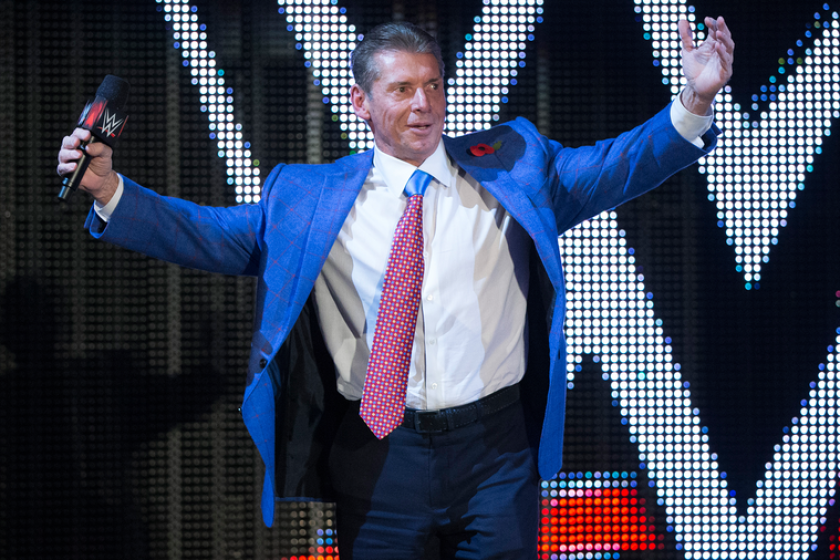Boeing profit surges 20% despite 787 woes
Boeing Co., despite its flagship airliner being clipped by federal regulators, is still one of Wall Street’s highfliers.
The Chicago company reported that first-quarter profit surged 20% from the year-ago period, handily beating analysts’ projections. Investors have also been snapping up Boeing’s stock, sending shares up 20% this year to $90.83 on Wednesday.
And perhaps most important, Boeing is preparing to restart deliveries next week of its troubled 787 Dreamliner for the first time in three months.
“The appreciation of Boeing’s stock year-to-date has been impressive,” said Peter Arment, aerospace analyst with Sterne Agee Group Inc. “We feel there is more room to run given that the 787 battery problem has been laid to rest.”
Boeing’s run of good fortune comes as it has wrestled with one of the more staggering problems in its history. Since Jan. 16, airlines around the world have been barred from flying its 787 commercial jet because of safety concerns involving overheating issues with the plane’s lithium-ion battery system.
During that time, the company has not been allowed to deliver any new 787s.
But Boeing Chief Executive James McNerney said in a conference call with analysts that deliveries will begin when it finishes installing a redesigned battery system on the planes.
“We expect to complete the bulk of fleet retrofits by mid-May,” McNerney said. “Production test flights began last week, and deliveries are expected to resume in early May.”
Before the grounding order, the company delivered 50 of the planes to eight airlines worldwide, including United Airlines, the only U.S. carrier that operates 787s. McNerney said there are no contractual obligations for having to repay airlines to reschedule flights.
“There are a few places where we’ll work with our customers, and there’s a variety of ways we can work with them to ensure that the disruption doesn’t hurt their results and their operation more than it needs to,” he said. “And that’ll be in a different way with every customer.”
It’s unclear when the first 787 commercial flight will take place, but United said it plans to enter its planes into operation on May 31.
Boeing will not say how much redesigning, testing and retrofitting the battery system has cost the company. Rather, officials said the cost was absorbed into spending of $705 million in research and development during the quarter.
There was a 2.5% downturn in revenue to $18.9 billion, which was affected by the three-month suspension of the 787. Despite this, Boeing said it was on track to deliver more than 60 of the planes during 2013, as it originally planned.
Although the company did see revenue dip, it had higher profit margins and cost-cutting measures that helped offset the losses. Boeing also increased production of 737 and 777 jets and plans on delivering as many as 645 planes, which would be a record.
The 787 is assembled at Boeing’s Everett, Wash., factory, but the bulk of the large components arrive from suppliers around the world pre-assembled. There are about 50 suppliers in California alone.
Workers are now churning out seven 787s a month, with plans to hit 10 by the end of the year.
Christian Mayes, an analyst with the financial firm Edward Jones, said that investors see Boeing moving steadily with all the 787 problems. Now that those issues are probably over, he said, he expects orders for the plane to grow.
“They handled this whole thing as well as a company could,” he said. “It will be good for the company and its suppliers to see the 787 flying again.”
The Federal Aviation Administration grounded the 787 after a Jan. 7 battery fire occurred on one of the planes operated by Japan Airlines at Boston’s Logan International Airport and a second battery incident occurred less than two weeks later on an All Nippon Airways flight in Japan. Other nations then followed suit with grounding orders.
The grounding of a commercial jet is extraordinary. The last time the FAA took the action on a large commercial jet was 34 years ago when a DC-10 crashed at Chicago O’Hare International Airport, killing all 271 aboard.
The NTSB has been investigating the 787 batteries’ failure, as have officials from Boeing, the FAA, the Navy, Japan and France. Not one of them has found a root cause for the incidents.
On Wednesday, the NTSB wrapped up a hearing in Washington examining the certification process of the battery system.
The NTSB probed the fact that much of the testing on the system was left to Boeing and its battery suppliers, which determined that smoke or fire from a 787 battery was likely to occur fewer than once in every 10 million flight hours.
The two crucial battery events that led to the 787’s grounding occurred after fewer than 52,000 flight hours.
On March 14, Boeing unveiled a plan to fix the battery system. It involves insulating and spacing out parts in the battery unit, reducing charging levels so the battery cannot be overcharged and enclosing the lithium-ion batteries in stainless-steel cases so that little oxygen can get at them.
The redesign removes any risk of a fire breaking out within the battery system, the company said.
Boeing completed a certification demonstration flight for the FAA that took 1 hour, 49 minutes. The FAA approved the battery redesign Friday, clearing the way for the jet’s return to flight — possibly as early as this month.
More to Read
Inside the business of entertainment
The Wide Shot brings you news, analysis and insights on everything from streaming wars to production — and what it all means for the future.
You may occasionally receive promotional content from the Los Angeles Times.











